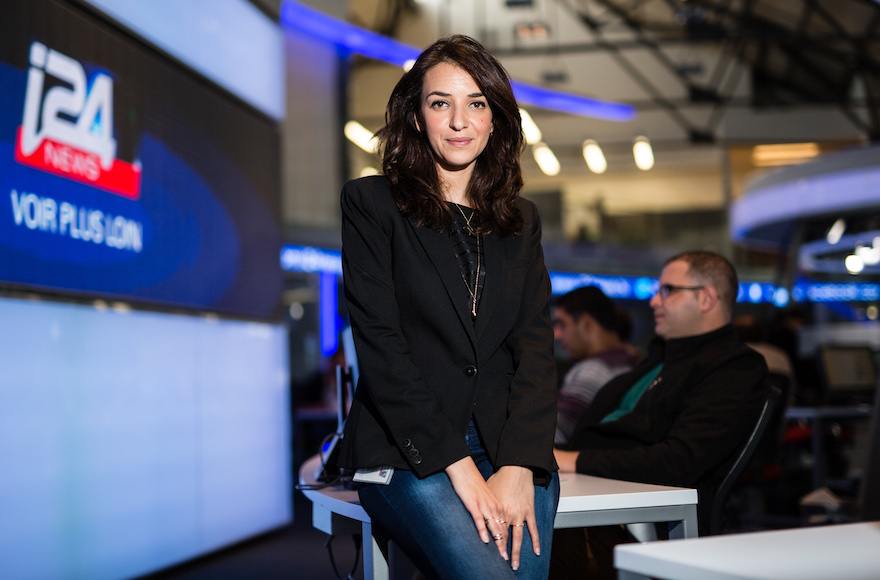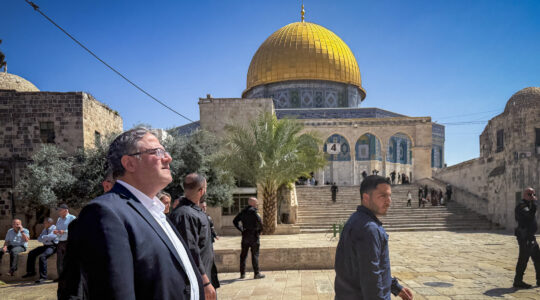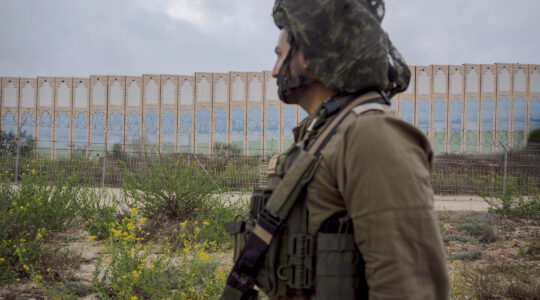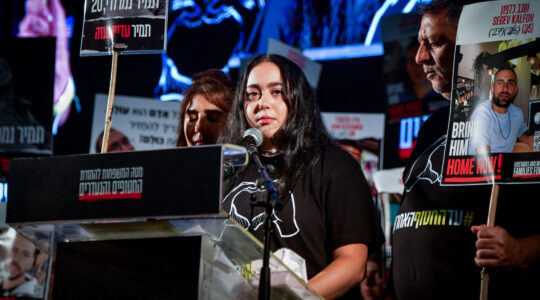JERUSALEM – When Israelis went to the polls three times over the course of less than 12 months for national elections in 2019 and 2020, they repeatedly were forced to confront questions about what kind of country they want their children to inherit.
Some of the election discourse centered on quality of life, including how Israel, a country the size of New Jersey with limited natural resources, will sustain its ever-growing population financially and environmentally.
Then there were the questions about Israel’s religious and ethnic character: What impact will Israel’s rapidly growing haredi Orthodox minority – their birthrate of 6.5 children per woman is more than double the national average of 3 — have on everything from the nation’s economy to its religious and democratic character?
And what about Israel’s Arab minority, comprising about one-fifth of the population? Will Arab citizens of Israel integrate more fully into Israeli society, and will Jewish Israelis allow them to do so? And what will Israel’s relationship with the Palestinians, and its Arab neighbors, look like?
To understand where Israel might be going as it heads into its fourth election in just two years, scheduled for this March, it’s instructive to understand where the country stands today.
Israel has a population of roughly 9.2 million, the highest birthrate among all countries in the OECD index of developed countries and one of the world’s highest life expectancy rates, 83 years.
Its population is relatively young: Just 12% of citizens are 65 and older, and the population is expected to hit 13 million by 2040. With roughly half of Israel’s Jewish population residing in or around the central cities of Tel Aviv and Jerusalem, land and resources are already growing scarce.
Israel must prepare now for the challenges of the future, said Gidon Bromberg, Israeli director of Eco-Peace Middle East.
“There will be stress on our natural resources from a growing population and a real threat to biodiversity and quality of life for Israel’s citizens,” Bromberg said. “The challenge is to get the policies right and to invest in adaptive technologies: investing in renewable energy, more desalination plants, building high to protect open spaces, and to reconsider government support for unlimited population growth.”
About 74% of Israelis are Jewish, 21% are Arab (mostly Muslims) and 5% belong to religious minorities, such as non-Arab Christians, or are part of the Jewish community but not considered Jewish by Israel’s religious establishment, such as some Russian Israelis.
There are two trends to focus on as we look to Israel’s future, says Sergio Della Pergola, professor emeritus of demography at Jerusalem’s Hebrew University: the Jewish-Arab demographic balance within Israel, and the balance between Orthodox Jews and non-Orthodox Jewish Israelis.

Hundreds of thousands of haredi Orthodox Jews protest a measure to draft them into the Israeli military, March 2, 2014. (Yaakov Naumi/FLASH90)
Because of a decreasing Arab-Israeli birthrate and growing haredi Orthodox birthrate, the current proportion of Israeli Jews to Israeli Arabs is relatively stable, Della Pergola said. But if the haredi Orthodox birthrate continues on its present course, the percentage of haredim in Israel will jump from around 12% today to over 20% by 2040.
“Whether the haredi birthrate will hold steady is a very big question mark,” Della Pergola said. “Already more haredim are earning university degrees and a small number are joining the IDF. Much will depend on the pace of this transformation.”
Only half of all haredi men are currently employed. Their relatively low labor force participation rate has cost the country $8.5 billion in gross domestic product, according to Gilad Malach, director of the Israel Democracy Institute’s Ultra-Orthodox in Israel program.
If the haredi community does not increase its workforce participation rate, it will have implications for all Israelis. Malach cited Israel’s response to the coronavirus pandemic as an example. Due to the haredi community’s distrust of the government, large family sizes and high-density residences, more than a third of Israelis who contracted the virus have been haredi Orthodox.
“This is the kind of thing that affects the entire population,” Malach said. “For many people, this was a red light for what might happen in the future.”
By contrast, many Arab citizens of Israel are willing and even eager to integrate into larger Israeli society — so long as they can maintain their Palestinian identity, according to Thabet Abu Rass, co-director of Abraham Initiatives, a nonprofit organization that promotes coexistence.
“The situation in Israel is changing and it’s a win-win situation,” Abu Rass said.

Lucy Aharish, a pioneering Arab-Muslim broadcaster in Israel, is shown at the i24news studios in Jaffa, April 15, 2015. Her marriage to a Jewish-Israeli celebrity sparked controversy. (David Vaaknin for The Washington Post via Getty Images)
Whereas 10 years ago Arab Israelis contributed 8% of GDP, that figure is now 11%. Abu Rass attributes much of the increase to a lower community birthrate and proactive steps by the Israeli government to encourage integration of its Arab citizens.
“I come from a family of 14 kids. It was a challenge to feed and educate us,” he said of his own experience growing up as an Arab Israeli. The change, he said, “is good for the country and good for my society.”
As a consequence and perhaps cause of decreased Arab-Israeli birthrates, more Arab-Israeli women are entering the workforce. In 2010, the participation rate of Arab women in the workforce was only 18%. Today, 36% are working. During the past 10 years, according to Abu Rass, the number of Arab students studying in Israeli universities jumped from 24,000 to 50,000.
“There are a lot of government projects, more scholarships and better access to jobs,” Abu Rass observed.
Although Abu Rass is optimistic about the future, he says he’s also a realist.
“I believe that in 20 years, my community will be more integrated into the economy if the government makes integration a priority,” he said. “But the fact is, there’s a conflict between my people, the Palestinians and my country, Israel. That conflict will always affect us. If things improve, I will be the biggest winner.”
No one can be certain what Israel will look like in 2040. What’s certain is that the challenges of the future cannot be ignored today.
JTA has documented Jewish history in real-time for over a century. Keep our journalism strong by joining us in supporting independent, award-winning reporting.
This article was sponsored by and produced in partnership with The Z3 Project and the Oshman Family Jewish Community Center in Palo Alto, California, as part of Z3's 2020 virtual conference, "Visions for a Shared Future: Reimagining Diaspora-Israel Relations."
More from The Z3 Project





